Millions of people around the world are spending more and more time at home and indoors. With the new solid state formaldehyde detection sensor, fully sealed HEPA 13 filtration system and 20% quieter airflow projection, the new Dyson Purifier Formaldehyde range ensures a cleaner home environment thanks to a purifier avant-garde air
Our homes often accumulate many hidden enemies for our health: ultra-fine dust and allergens, also destroying potentially dangerous volatile organic compounds (VOCs), including formaldehyde. The latter is a colorless polluting gas, released from furniture and other wooden objects that contain formaldehyde-based resins, such as plywood and fiberboard, insulation materials and DIY products such as paints, wallpaper and household cleaning products. Being 500 times smaller than particles of 0.1 micron size, formaldehyde is particularly difficult to capture and, if not detected, it can lead to prolonged exposure due to the continuous release of chemicals into the air, a phenomenon known as degassing.
To combat this hidden enemy, the British company has designed the Dyson Purifier Formaldehyde air purifier which boasts a new sensor for detecting formaldehyde. Other gel-based formaldehyde sensors can deteriorate over time and mistakenly detect other VOC pollutants. The Dyson’s new formaldehyde sensor on the other hand is a solid-state sensor and works in conjunction with Dyson’s unique algorithm to selectively monitor formaldehyde levels, intelligently ignoring other gases that are detected by a dedicated VOC sensor.
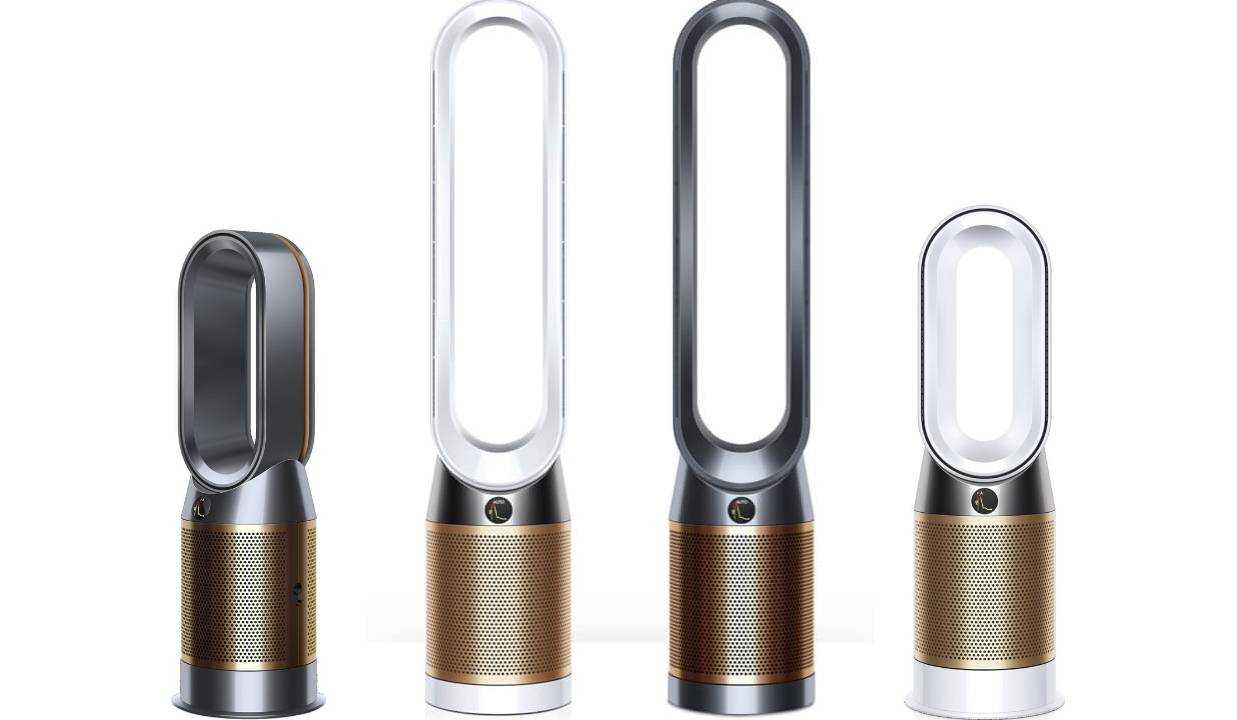
Dyson engineers also have redesigned the airflow of the air purifier to achieve a fully sealed HEPA 13 filtration system – not only ensuring that air does not escape from the filter, but also blocking any potential leak points through which dirty air could enter the air stream. This means the latest Dyson purifiers they capture 99.95% of particles down to 0.1 microns. Airflow path improvements have made the Dyson Purifier Cool Formaldehyde air purifier the 20% quieter, to reduce unwanted noise in indoor environments. This characteristics makes it one of the best products on the market because it does not excessively disturb the familiarity. Alex Knox, Vice President of Environmental Care at Dyson says:
Formaldehyde’s tendency to degassing means that it can go unnoticed in a home for years. Dyson has designed a device that selectively detects, captures and destroys this pollutant. Our solid-state sensor does not wear out over time, but it maintains itself throughout the life of the device. The Covid-19 pandemic has made us more globally aware of the air we breathe and Dyson’s commitment to deliver cleaner air through innovation and technology remains at the heart of our mission.
Dyson Purifier Formaldehyde: the indoor generation
Humans breathe up to 9,000 liters of air every day and, even before the health crisis, they spent up to 90% of their time indoors. We spend more and more time indoors working and exercising, as well as sleeping and playing. For this reason, the quality of the air we breathe in every moment of our daily life is not a negligible element. Exist a number of sources of indoor pollution which release pollutants such as PM10, PM2.5, VOC, NO2 and formaldehyde into the air. In every moment of our daily life there are sources of pollution, whether it is PM2.5 emitted while we cook, or VOCs emitted by household cleaning products, or the continuous release of formaldehyde from the furniture in our living room. However, with a purifier from the Dyson Purifier Formaldehyde range, the problem can be easily solved. The company has worked in particular on 3 aspects: detection, filtration and acoustics.

Precisely detects and destroys formaldehyde
In addition to existing sensors capable of detecting particles, NO2, VOCs, temperature and humidity, the integration of a formaldehyde sensor into Dyson Purifier Formaldehyde ensures selective pollutant detection throughout the life of the air purifier. There are gel-based formaldehyde sensors, which can gradually deteriorate and dry out over time. Thanks to an electrochemical cell, the Dyson formaldehyde sensor does not dry out and its unique and intelligent algorithm checks the data every second, selectively detecting formaldehyde so as not to confuse it with other VOCs.
The SCO filter (Selective Catalytic Oxidation) from Dyson continuously destroys formaldehyde at the molecular level. The catalytic filter has a unique coating with the same structure as the cryptomelane mineral. Its billions of atom-sized tunnels are of optimal size and shape to trap and destroy formaldehyde, breaking it down into small amounts of water and CO2. The same filter it is then regenerated from the oxygen in the air to continue destroying formaldehyde, without ever being replaced.
Fully sealed HEPA H13 filtration system
In the new Dyson purifiers, it’s not just the filter that meets the HEPA 13 standard, but the whole device. It captures the H1N1 virus and 99.95% of particles down to 0.1 microns such as allergens, bacteria, pollen and mold spores. Dyson engineers took a forensic approach to get a completely sealed device by creating high pressure seals in 24 other critical points to prevent dirty air from escaping from the filters and carrying pollutants back into the room.

Dyson Purifier Cool: Acoustically engineered to be 20% quieter
Dyson engineers have also been committed to further reduction of noise emissions of the Dyson Purifier Cool air purifier while maintaining purification performance. Through an iterative process of design, testing and construction at the in-house acoustic chamber of the Dyson Development Center in Malaysia, the air purifier has been redesigned to be 20% quieter. To achieve noise reduction, Dyson engineers have perfected the overall airflow path by enlarging the opening (the slot from which air exits the machine) and improved its geometry. This reduces the amount of friction between the air and the surface of the device, resulting in reduced sound. The sound has been reduced from 64 to 61 decibels at maximum speed of the fan.
Air Multiplier Technology
Thanks to tecnologia Dyson Air Multiplier, the device is able to diffuse purified air in every corner of the room. The automatic mode allows the purifier to maintain the desired room temperature and the optimum level of air quality. The device can also be fully controlled via the Dyson Link App is activated via voice control.
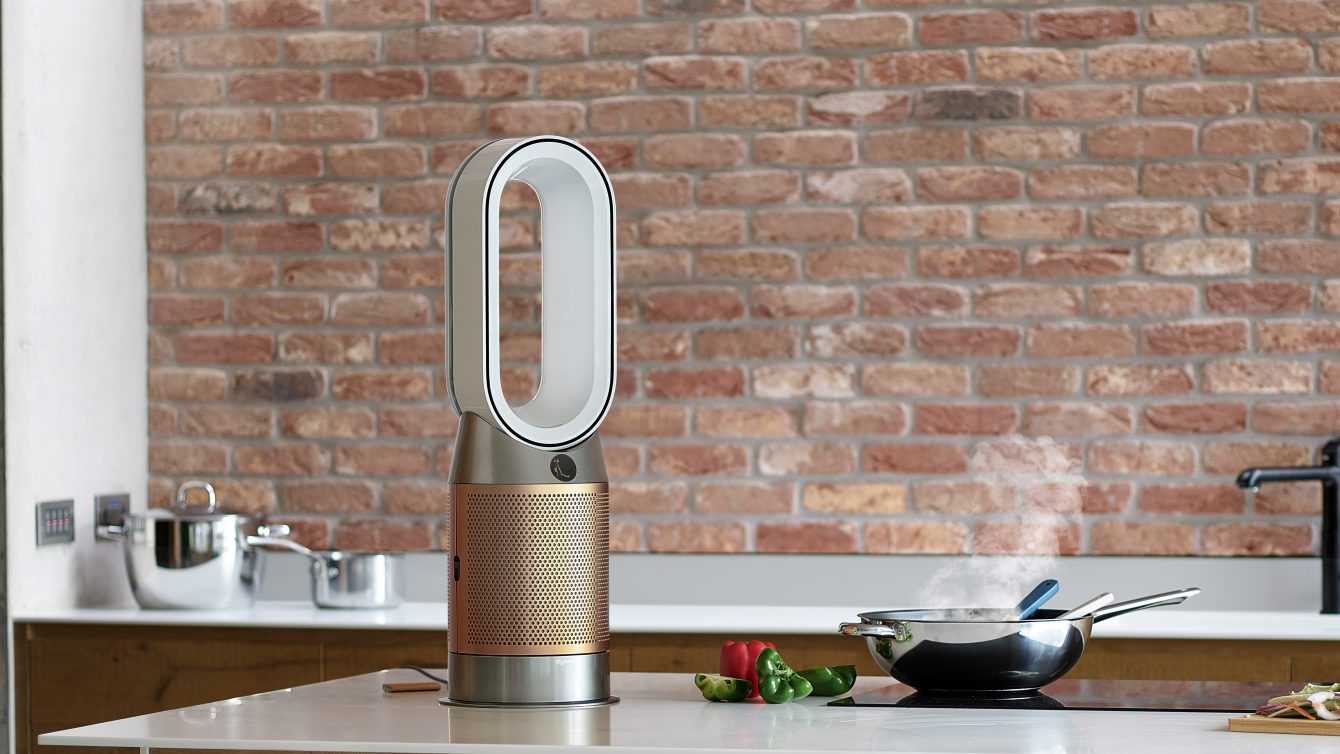
Designed for royal homes
Dyson purifiers are designed for real homes. The industry standard for testing air purifiers Dyson Purifier Formaldehyde measures performance using a laboratory test conducted in a compact 12m² room, with a ceiling fan that circulates air and a sensor within the room that measures air quality. For a more representative test, Dyson’s POLAR test takes place in a 27m² room without an additional fan and uses eight sensors in the corners of the room and one sensor in the center to collect air quality data.
Dyson Purifier Formaldehyde air purifiers are available in 5 models, with prices starting from 599 euros with two years of warranty included. As always, Dyson products aim to improve the quality of our life by contributing to home and air hygiene. That’s all from the electronic section, keep following us!











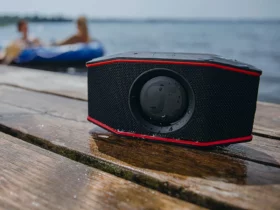

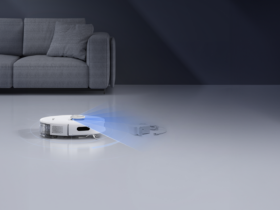
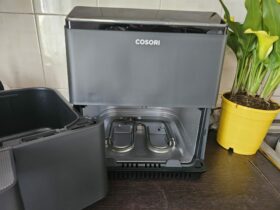
Leave a Reply
View Comments